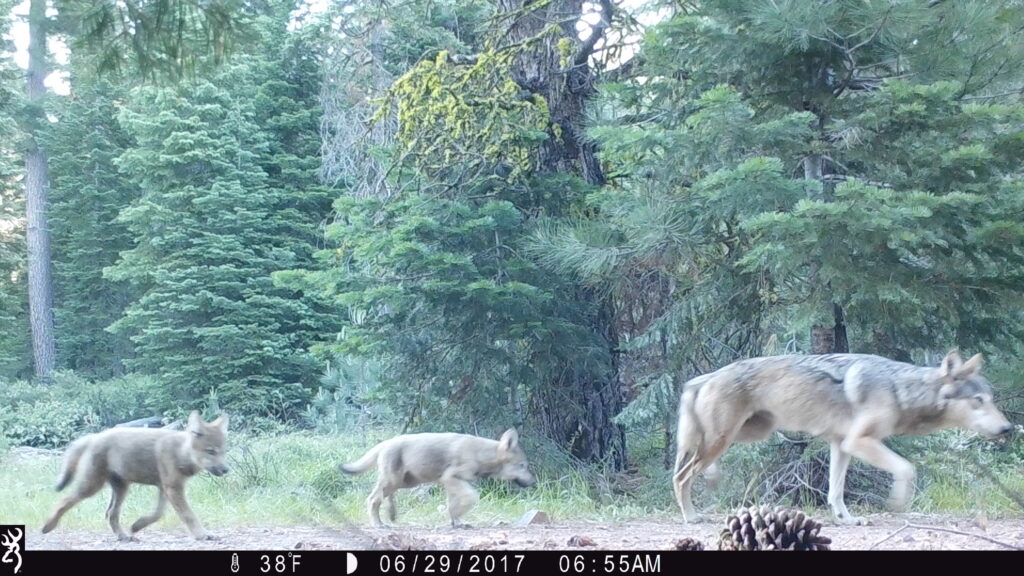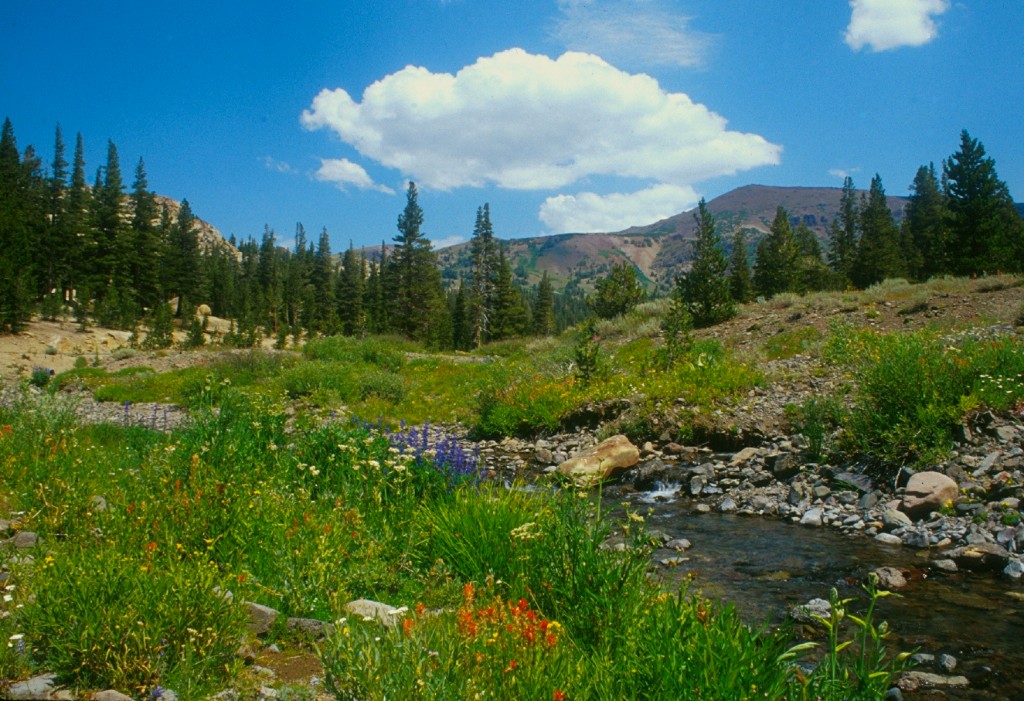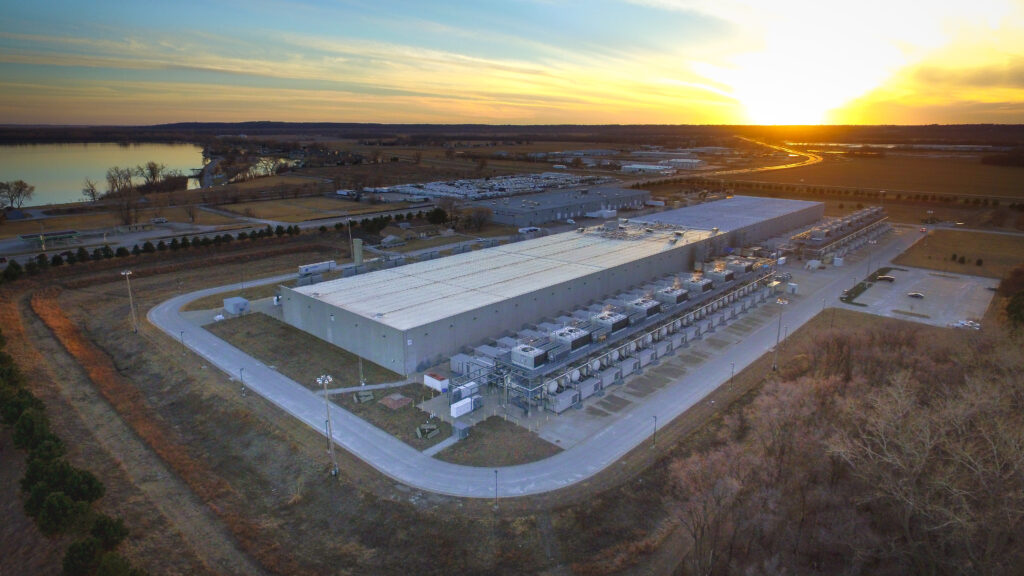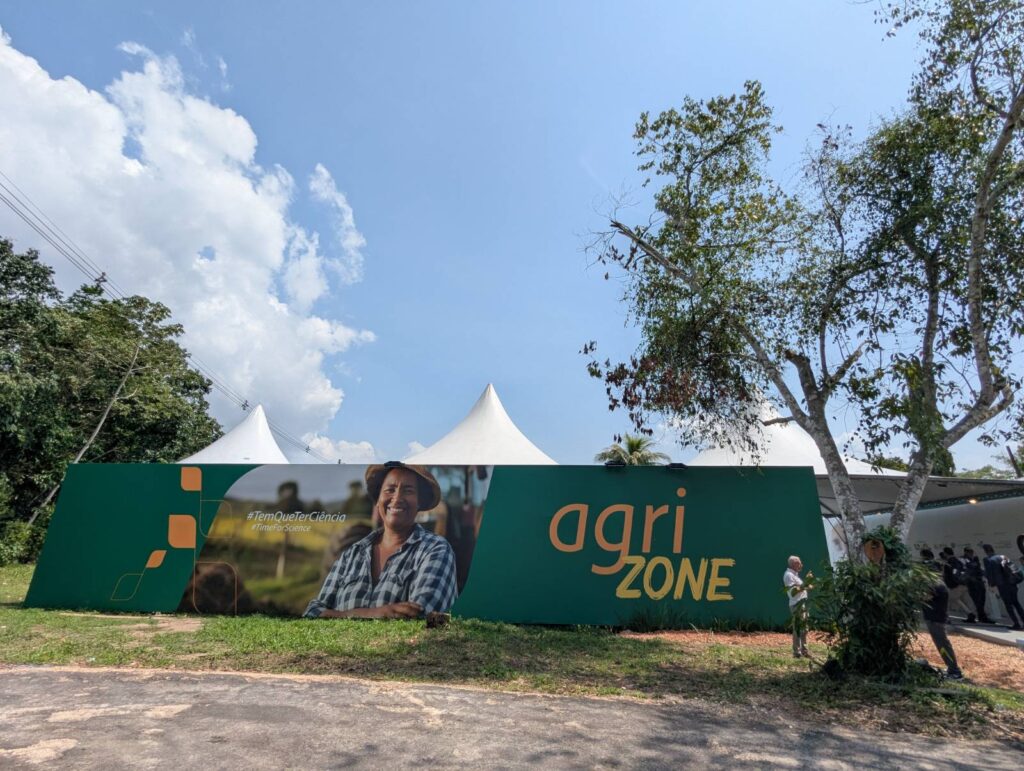Plans by biomass giant Drax to manufacture wood pellets sourced from Californian forests will endanger natural habitats and increase toxic air pollution for rural communities, campaigners warn.
The British energy company has partnered with Golden State Natural Resources, a government-linked nonprofit which plans to build two industrial plants in rural California counties that would produce one million tonnes of compressed wood fiber pellets a year.
One plant would be in Tuolumne County in the foothills of the Sierra Nevada Mountains, and the other in Lassen County in the state’s far northeast. From there, pellets would be shipped by rail to the city of Stockton, exported internationally, and burnt as biomass fuel to create electricity.
At its board meeting last Wednesday, Golden State Natural Resources ratified a Memorandum of Understanding (MOU) with Drax.
The agreement comes as a BBC investigation revealed that Drax was burning rare forest wood in the Canadian province of British Columbia.
BBC Panorama found that in 2023 the company took more than 40,000 tonnes of wood from so-called “old-growth” forests in B.C. Following the investigation, the company issued a statement expressing confidence that its “biomass is sustainable and legally harvested.”
Drax already operates 18 wood pellet plants across the U.S. and Canada, but the MOU finalized on February 28 is the most concrete indication yet of Drax’s ambition to expand into California, a state with 33 million acres of forest.
The wood pellets Drax produces are treated as “carbon neutral” under international accounting rules, based on an assumption that new-growth trees will capture the carbon lost by wood burnt for electricity. But scientists and campaigners have long disputed these claims.
A 2021 study from the European Academies Science Advisory Council concluded that burning wood for energy “is not effective in mitigating climate change and may even increase the risk of dangerous climate change.” A power station operated by Drax in the UK generates 8 percent of the UK’s “renewable” electricity, but is also the single largest emitter of carbon dioxide.
Golden State Natural Resources claims its forest management techniques reduce the risk of wildfires — a claim which has also been disputed by campaigners — and that it maintains “stringent guardrails” to ensure the sourcing of materials for pellets is sustainable. Drax also says its pellets are made from “sustainable biomass” generated from low-grade roundwood, sawmill residues, and forest residues — although several investigations have found instances of the company using primary forest materials.
The plan calls for sourcing wood from areas that encompass eight National Forests, and activists in California have raised concerns that the production of this “renewable” power could endanger vital biodiversity in the forests, home to California’s endangered gray wolves. They are also concerned that the facilities could harm local communities, some of which face high health burdens.
A January 2024 study by the journal Renewable Energy found that thousands of tons of toxic air pollutants, from nitrogen oxide to volatile organic compounds, are emitted in the pellet-making process, especially in the southeastern United States where most pellet plants are located.
Rita Frost, a forests advocate from environmental nonprofit Natural Resources Defense Council (NRDC), said the project would “diminish our forests’ ability to contribute to the fight against climate change, increase carbon emissions during a critical juncture when we must be reducing them instead, and compound health harms in vulnerable communities.”
‘Trojan Horse’
Golden State Natural Resources is a nonprofit co-founded by a state agency and a service organization that represents California’s rural counties. A document on the group’s website describes its purpose as “to build wildfire and forest resilience in the state and spur economic opportunities in rural communities.”
The MOU between Drax and the Californian nonprofit echoes those goals, stating that the companies should “work collaboratively and in good faith” to identify “potential sustainable vegetation management projects on forest land that meet the dual goals of promoting forest resilience and producing sustainable biomass fuel.”
GSNR says its proposed project would source pellet materials from a mixture of native forests undisturbed by human activity, and forests that have been subjected to logging cycles but allowed to regenerate, as well as privately managed timberland.
On its “Frequently Asked Questions” page, GSNR claims that its removal of accumulated fuel will help California’s forests burn “with less frequency and less intensity over the long term.”
A quarter of California — more than 25 million acres — is classified as under very high or extreme fire threat, with over 25 percent of the state’s population living in these high fire-risk areas. The counties where GSNR plans to cite its facilities have small populations but are no strangers to fire; the second-largest fire in state history, which covered nearly one million acres, burned partially in Lassen County.
But the practice of removing trees or thinning forests to reduce fire danger is controversial, and some experts say it can actually increase the severity of fires.
Michelle Connolly, an ecologist and director of Conservation North, says GSNR is justifying its activity by using “scientific-sounding language to make it seem like they know what they’re doing.”
“Logging and road building in any kind of primary forests is associated with increasing fire risk,” she said.
“Fire is the latest Trojan Horse for industry to get into natural forests they otherwise might not get to violate. Pellets originating from primary forest are not sustainable in any way, shape or form.”

Megan Fiske, a wildlife biologist at Ebbetts Pass Forest Watch and a Tuolumne County resident, also has concerns over the impact of the clearance on forest health and natural habitats.
Each facility would source wood from a 100-mile radius, an area that includes eight National Forests and a major biodiversity hotspot. Dozens of endangered or threatened species take refuge in these zones — including California’s fledgling population of gray wolves, which were threatened with extinction and have only recently returned to the state.
“We need to restore the forest ecosystem and its natural processes,” Fiske told DeSmog.
“Removing the nutrients and other benefits imparted by ‘biomass’ does not restore the forest ecosystem or its natural processes, which provide tremendous ecosystem services.”
Environmental Pollution
The number of industrial wood pellet mills has risen rapidly in the U.S. and Canada to meet a rising demand for biomass-fuelled energy in Europe and Asia.
The two production plants planned for California are located in former timber industrial areas in rural counties, where drought and other extreme weather events associated with rising temperatures from climate change compound existing health inequalities.
Tuolumne County, which is home to part of Yosemite National Park, has a higher-than-average pollution burden, high rates of asthma and cardiovascular disease, and a high poverty rate, according to data in CalEnviroScreen 4.0 Indicator Maps.
Residents in Lassen have similar health outcomes to the state average, but on average die earlier than their neighbors.
The mapping tool CalEnviroScreen shows that the communities living around the port of Stockton, where the pellets will be shipped from, are some of the most disadvantaged in the state, based on factors including poor air quality, low income, and poor health indicators.
Though subject to environmental regulations, the production of pellets can release vast amounts of sawdust and other harmful particulates that impact air quality.
In May 2023, The Guardian reported a U.S. plant supplying wood pellets to Drax had violated air pollution limits in Mississippi. A September 2022 investigation by Unearthed found Drax was driving “environmental racism” after air pollution claims in the southeastern United States. Drax paid out $3.2 million to settle.
“These are not the kinds of jobs that our rural communities deserve. They are low wage positions and extremely dangerous working conditions.”
– Nick Joslin
In a statement, a spokesperson for Golden State Natural Resources said the project would “benefit communities across the state of California from improved public safety and reduced smoke impacts to reinvestment in the local economies of underserved and often overlooked rural communities”.
Nick Joslin, forest and watershed watch program manager at the Mount Shasta Bioregional Ecology Center, resides in Siskiyou County, an area where wood would be sourced and then transported by truck to the pellet mill in the Lassen County town of Nubieber.
“Siting a facility of this size in a small town is completely irresponsible,” he said.
“There are no services and no housing. Where would any newly employed people live? Where would they receive basic services or send their kids to school? The facility would run 24 hours a day with noise, lighting, dust, and noxious fumes.”
Golden State Natural Resources has also said the project will create 128 full-time jobs once both sites are operational, but Joslin is skeptical that these will provide the economic opportunities the county needs.
“These are not the kinds of jobs that our rural communities deserve. They are low wage positions and extremely dangerous working conditions,” Joslin added.
Fiske, of Tuolumne County, says the counties of the Sierra Nevada once exploited by the gold, timber, and water industries are now being hit by the latest cycle of commercial-scale resource extraction.
“We must keep the rivers clean and healthy, we must keep the forests from emitting too much wildfire smoke. All while the logging trucks and water trucks deteriorate our local roads and slow and impede traffic. All while employees are imported from elsewhere to take the temporary, barely living wage jobs.”
‘False Solutions’
As a “renewable” energy provider, Drax has benefited from billions of pounds in subsidies from the UK government. The thinktank Ember has estimated it will have collected more than £11 billion between 2012 and 2027, when the support runs out.
The company is now looking to gain an estimated £31.7 billion in additional subsidies for the controversial technology of bioenergy, carbon capture and storage (BECCS) — where emissions from burning organic matter are captured and buried underground.
Advocates promote this as a “carbon negative” climate solution, but experts and campaigners have argued that BECCS is technically unproven, and that the practice poses risks for biodiversity, land, and food security.
The UK government this year approved two new carbon capture units at Drax’s Yorkshire power station, while Drax is looking to roll out the technology to other countries — among them the U.S.
DeSmog reported in 2022 that Drax had lobbied California’s government to build a BECCS plant in the state, describing it as an “ideal location.” A UK government consultation on Drax’s future subsidies closed on Thursday (February 29), with a decision expected in April.
Campaigners say both the burning of biomass, and the attempted capture of its emissions, is deeply flawed.
“For California, there’s no time to waste on false solutions like this,” Rita Frost of NRDC told DeSmog.
“Any climate plan that relies on BECCS development with Drax is extremely high risk. Funds should instead be directed to wind and solar energy, which are not only low-cost and low-risk, but actually help fight the climate crisis.”
Drax did not respond to requests for comment.
UPDATE (05/03/24): This article has been updated to include a statement from Golden State Natural Resources in response to DeSmog’s request for comment.
Subscribe to our newsletter
Stay up to date with DeSmog news and alerts






